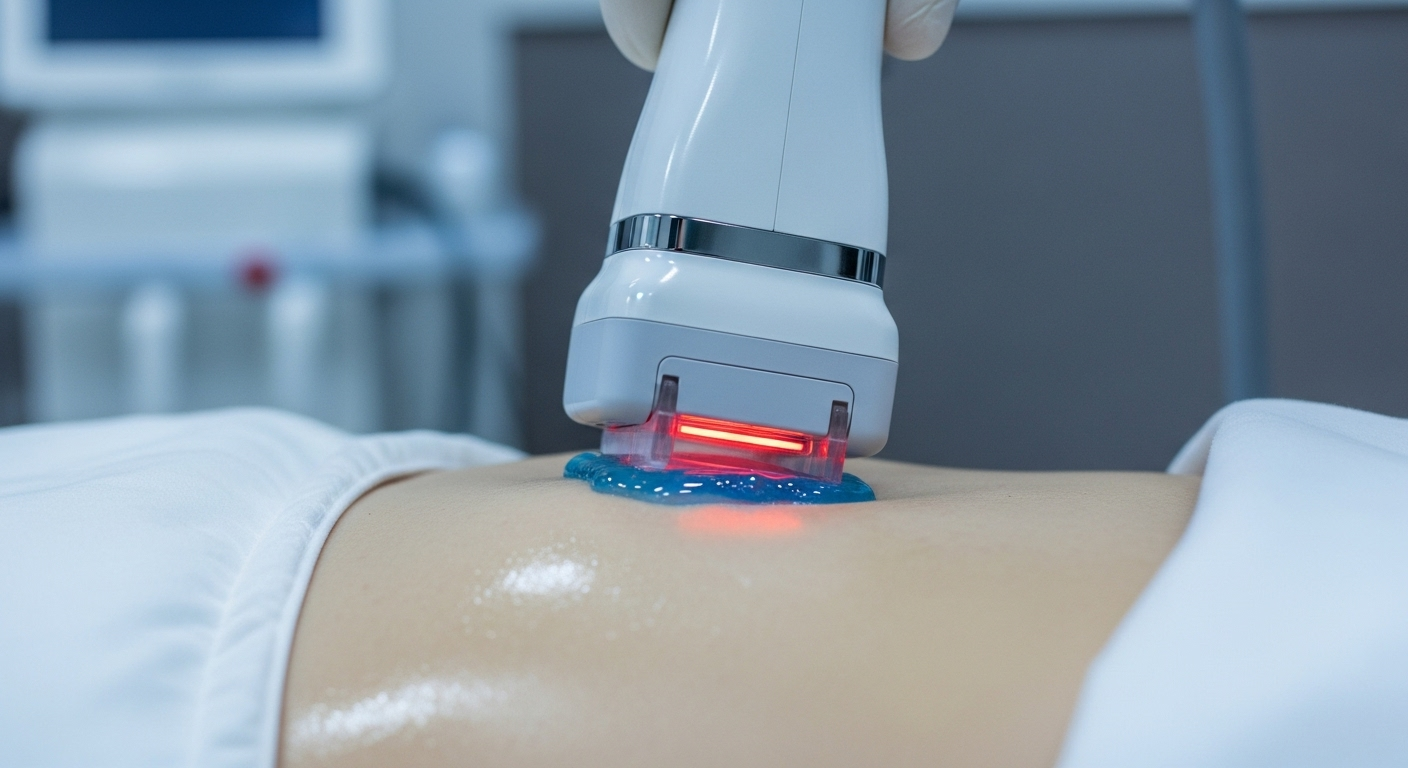Learn more about Scar Removal Treatment
Scars are a natural part of the body's healing process, but they can be a source of discomfort and self-consciousness for many individuals. Scar removal treatment offers hope for those seeking to minimize the appearance of scars and regain confidence in their skin. This article delves into the various aspects of scar removal treatment, exploring different methods, their effectiveness, and what you can expect from these procedures.

What are the different types of scars that can be treated?
Scar removal treatment can address various types of scars, each requiring a specific approach. Some common types include:
-
Atrophic scars: These are depressed scars that sit below the surrounding skin, often resulting from acne or chickenpox.
-
Hypertrophic scars: These raised scars are confined to the original injury site and may be red or pink.
-
Keloid scars: Similar to hypertrophic scars but extending beyond the original wound area, keloids can continue to grow over time.
-
Contracture scars: Often caused by burns, these scars tighten the skin and may impair movement.
-
Stretch marks: While technically not scars, these marks from rapid skin stretching are often treated with similar methods.
Understanding the type of scar you have is crucial in determining the most effective treatment approach.
What are the most common scar removal treatment options?
Scar removal treatment encompasses a range of options, from topical applications to more invasive procedures. Some of the most common treatments include:
-
Topical treatments: Over-the-counter and prescription creams, gels, and ointments can help reduce the appearance of scars.
-
Chemical peels: These involve applying a chemical solution to remove the top layer of skin, promoting new skin growth.
-
Microdermabrasion: This technique uses tiny crystals to exfoliate the skin and improve texture.
-
Laser therapy: Various types of lasers can target different layers of skin to reduce scar appearance.
-
Surgical revision: For severe scars, surgical procedures may be necessary to improve appearance and function.
-
Injections: Corticosteroid or filler injections can help flatten raised scars or fill in depressed ones.
The choice of treatment depends on the scar type, location, and individual patient factors.
How does laser scar removal work?
Laser scar removal is a popular and effective treatment option for many types of scars. This method uses focused beams of light to target specific layers of skin, stimulating collagen production and promoting healing. Here’s how it works:
-
The laser energy breaks down scar tissue.
-
It stimulates the production of new, healthy skin cells.
-
The treatment can improve skin texture, color, and overall appearance.
Different types of lasers are used depending on the scar:
-
Ablative lasers: Remove the top layer of skin and heat the underlying layer to stimulate collagen production.
-
Non-ablative lasers: Target the underlying skin without damaging the surface, promoting collagen growth from within.
-
Fractional lasers: Treat a fraction of the skin at a time, allowing for faster healing.
Multiple sessions are often required for optimal results, and the treatment can be customized to individual needs.
What are the best products for scar treatment at home?
While professional treatments can be highly effective, there are also many products available for at-home scar treatment. Some of the best options include:
-
Silicone sheets or gels: These can help flatten and fade scars, especially hypertrophic and keloid scars.
-
Vitamin E oils: Known for their skin-healing properties, these can improve the appearance of scars over time.
-
Mederma: A popular over-the-counter scar treatment containing allantoin, which may help reduce scar appearance.
-
Bio-Oil: This product claims to improve the appearance of scars, stretch marks, and uneven skin tone.
-
Retinol creams: These can help promote cell turnover and collagen production, potentially improving scar appearance.
It’s important to note that results may vary, and consistent, long-term use is typically necessary for noticeable improvement.
What should you expect during and after scar removal treatment?
The experience of scar removal treatment can vary depending on the method chosen. Here’s what you might expect:
During treatment:
-
Topical treatments are usually painless and can be applied at home.
-
Laser treatments may cause slight discomfort, often described as a snapping sensation against the skin.
-
More invasive procedures like surgical revision may require local anesthesia.
After treatment:
-
Some redness, swelling, or slight discomfort is common but usually subsides within a few days.
-
The treated area may be sensitive to sunlight, requiring diligent sun protection.
-
Results are often gradual, with improvements becoming more noticeable over weeks or months.
-
Multiple treatments may be necessary for optimal results.
It’s crucial to follow all post-treatment care instructions provided by your healthcare provider to ensure the best possible outcome.
What are the costs and providers for scar removal treatment?
Scar removal treatment costs can vary widely depending on the type of treatment, the size and location of the scar, and the provider’s expertise. Here’s a general overview of some common treatments and their estimated costs:
| Treatment | Provider Type | Estimated Cost Range |
|---|---|---|
| Topical Treatments | Over-the-counter | $10 - $100 per product |
| Chemical Peels | Dermatologist, Plastic Surgeon | $150 - $3,000 per session |
| Microdermabrasion | Dermatologist, Med Spa | $75 - $200 per session |
| Laser Therapy | Dermatologist, Plastic Surgeon | $200 - $3,000 per session |
| Surgical Revision | Plastic Surgeon | $500 - $10,000+ |
| Injections | Dermatologist, Plastic Surgeon | $50 - $500 per session |
Prices, rates, or cost estimates mentioned in this article are based on the latest available information but may change over time. Independent research is advised before making financial decisions.
It’s important to note that many scar removal treatments require multiple sessions for optimal results, which can increase the overall cost. Additionally, while some treatments may be covered by insurance if deemed medically necessary, many are considered cosmetic and therefore not covered.
When choosing a provider, consider their experience, qualifications, and patient reviews. Dermatologists and plastic surgeons are typically the most qualified to perform advanced scar removal treatments. Always schedule a consultation to discuss your specific case and receive a personalized treatment plan and cost estimate.
In conclusion, scar removal treatment offers a range of options for those looking to improve the appearance of scars. From at-home treatments to advanced medical procedures, the choice of treatment depends on the type of scar, individual preferences, and budget considerations. While complete scar removal may not always be possible, significant improvements can often be achieved with the right approach and realistic expectations.




